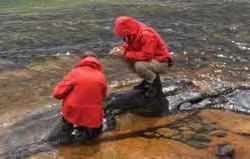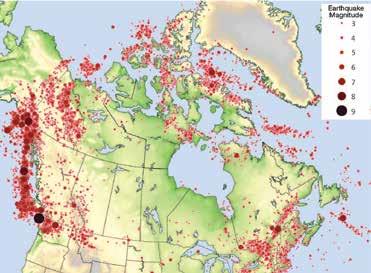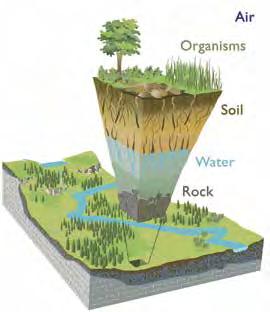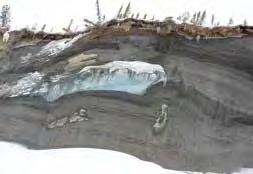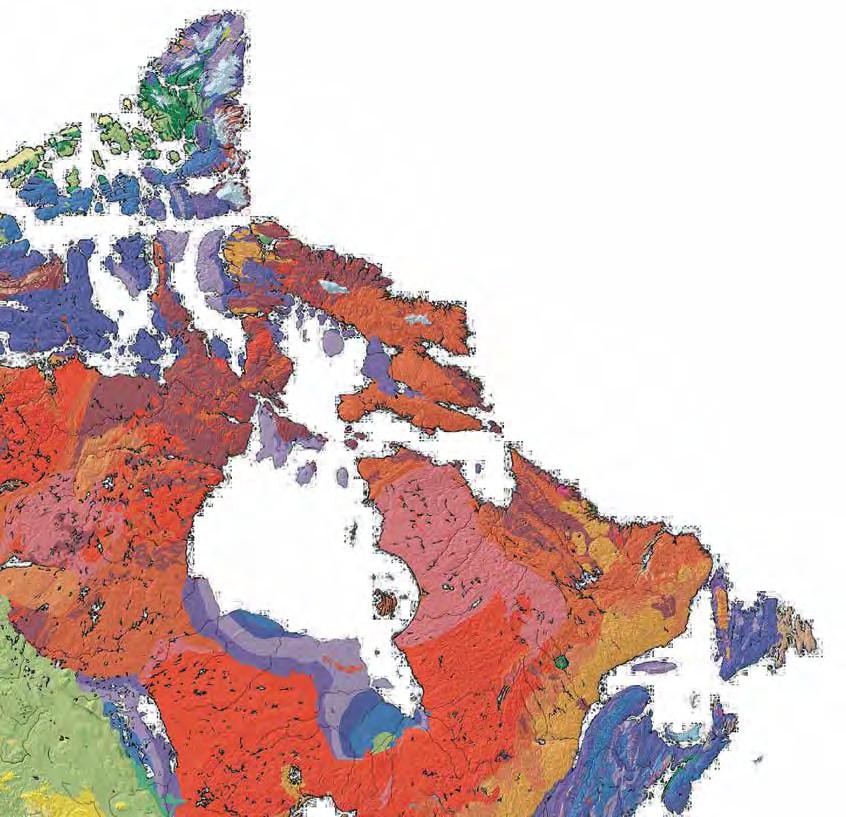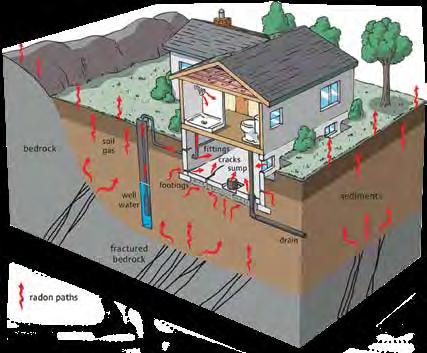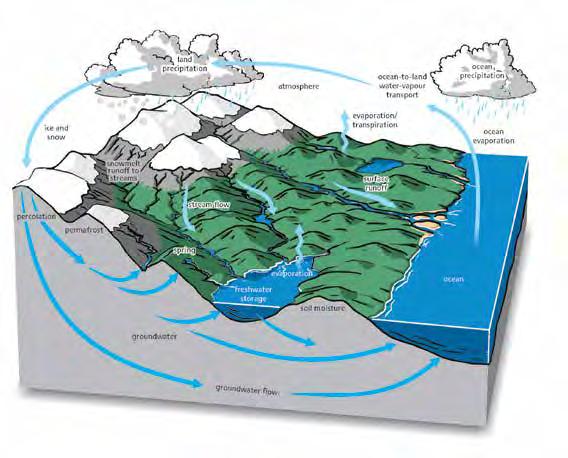CANADA’S NORTH Canada is a northern country; and much of Canada is arctic country. ‘The North’ includes all of Yukon, Northwest Territories, and Nunavut, and the northern areas of British Columbia, Alberta, Saskatchewan, Manitoba, Ontario, Quebec, and Newfoundland and Labrador. Canada’s geoscientists are particularly knowledgeable and experienced in dealing with northern issues and opportunities, including climate change, arctic science, water management, sustainable mineral and energy development, and protection of the North’s unique and fragile polar environment. Geoscientific studies help us understand how northern landscapes function and contribute to Canada’s assertion of sovereignty over this vast and important area. The North, defined by the southern edge of the zone of discontinuous permanently frozen ground (permafrost), is a vast area of land, lakes, sea, and ice in varied landscapes. Ice caps on Arctic islands are vestiges of the continent-covering ice age glaciers. The position of Canada’s treeline, where boreal forest meets the treeless tundra, is largely controlled by the arctic front – the boundary between dry–cold arctic air and warm–moist southern air. H. Falck
Canada has 162 000 km of Arctic coastline and geoscientists are responsible for mapping and establishing an understanding of surficial and bedrock geology along that coastline. They gather scientific evidence needed to manage Canada’s polar continental shelf, an underwater landmass that extends from the continent, for environmental management, pollution protection, and preservation of the marine environment, as well as resource identification and development.
J. Ryan/NRCan
Building infrastructure in the North is challenging because of permafrost, a harsh climate, and vast distances between settlements and from resources. Geoscientists assess construction risks associated with building on permafrost and provide mitigation advice on northern infrastructure development. H. Falck
Incorporating the traditional knowledge of Indigenous people into geoscientific studies, resources development, and environmental management decisions across the North is important. Community engagement, education, and outreach with First Nations, Inuit, and Metis benefits from geoscientists as key participants.
H. Falck
In the Northwest Territories, mining contributes (directly and indirectly) more than 40% of the Gross Domestic Product. The North contains iron ore, nickel, gold, and diamond mines. Canada is the third-largest diamond producer in the world, with four mines, all located in the North. Relatively under-mapped and under-explored, the North offers opportunities for new discoveries coupled with responsible development. D. Irwin
20
GEOSCIENCE AND CANADA UNDERSTANDING OUR EARTH: THE VITAL ROLE OF CANADA’S GEOSCIENTISTS
H. Falck


